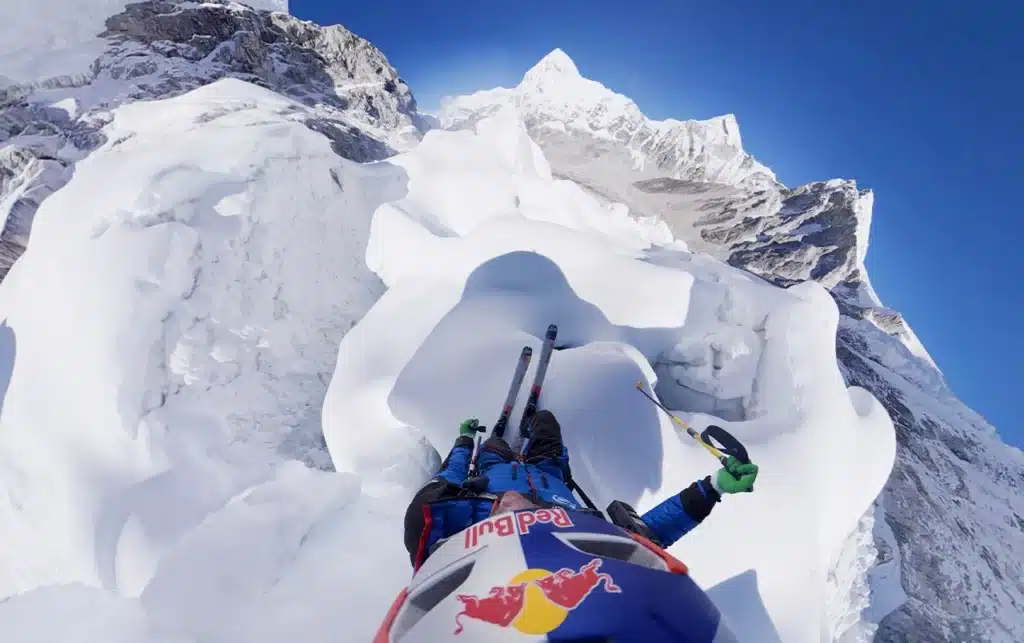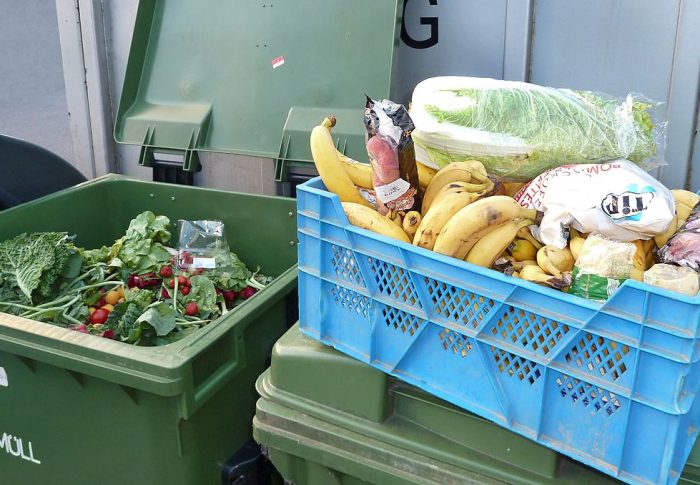
Andrzej Bargiel’s Impossible Ride
On 22 September 2025, Andrzej Bargiel etched his name into mountaineering history. The Polish ski mountaineer became the first person ever to climb Mount Everest without bottled oxygen and then ski down from the summit to Base Camp. It was a feat that blended endurance, skill, and daring in one of the most hostile environments on Earth.
For decades, climbers have dreamed of skiing Everest, but every attempt had ended in compromise, partial descents, oxygen-assisted pushes, or abandoned skis. Bargiel’s journey was different. He summited without oxygen and spent nearly 16 hours in the “death zone,” the altitude above 8,000 meters where the body steadily deteriorates. Then, after a brief moment on the world’s highest point, he clipped into his skis and began his descent. “I am on top of the highest mountain in the world, and I’m going to descend it on skis,” he said in a short video clip shared on social media .
The challenges of skiing Everest
To understand the significance, you have to consider the layers of risk. Climbing Everest without bottled oxygen is already a monumental task. In the death zone, every step is exhausting, judgment is clouded, and the line between survival and collapse grows thinner by the minute. Bargiel’s team later revealed he had been above 8,000 meters for almost 16 hours .
But skiing adds another dimension. Unlike the steady rhythm of crampons, skiing requires balance, edge control, and precise movements. The slopes of Everest aren’t consistent: wind-blown ice, breakable crust, and avalanche-prone slabs test every turn. One mistake could be fatal. As Red Bull, his long-time sponsor, noted in its coverage, “You have to be well prepared to be able to function for 16 hours above 8,000m” .
And then there’s timing. Bargiel reached the summit late in the day. He skied to Camp II, around 6,400 meters, where he paused overnight, before continuing through the Khumbu Icefall and finally arriving at Base Camp the following morning . Racing against daylight, changing snow conditions, and fatigue, every decision mattered.
A journey years in the making
Bargiel’s Everest triumph wasn’t born overnight. He grew up in the Polish mountains and built a career in ski mountaineering, representing his country internationally. His reputation grew not only for competition results but also for bold expeditions to the Himalayas and Karakoram.
In 2015, he set a speed record on Manaslu, climbing from Base Camp to the summit in just over 21 hours. A year later, he skied from the top of Shishapangma. But it was in 2018 that he truly stunned the world: skiing from the summit of K2, widely regarded as the deadliest of the 8,000-meter peaks. That achievement was captured in the documentary K2: The Impossible Descent (watch here).
Everest, though, remained unfinished business. Bargiel had attempted it before, in 2019 and again in 2022, but bad weather and dangerous snow conditions forced him to turn back . Those decisions showed his prudence: he was willing to walk away rather than risk catastrophe. That experience proved vital when he returned in 2025 with a lean, disciplined team and a plan shaped by years of trial and error.
The view from above
Accounts from reporters and footage released after the descent highlight the surreal nature of the experience. Skiing from 8,848 meters means carving turns where oxygen is scarce and every move feels sluggish. Climbers describe a dreamlike mix of euphoria and fog in the death zone, where the brain struggles to stay alert. Bargiel’s calm efficiency stood out. As The Guardian observed, he moved with a steady focus, navigating terrain where hesitation or panic could be deadly.
His descent wasn’t just about physical ability; it was about mental clarity. Knowing when to push, when to pause, and how to manage risk was as important as skiing skill.
Why it matters
Ski descents on Everest have been attempted before, but none combined a summit without supplemental oxygen and a full ski descent to Base Camp. Bargiel’s success closes a chapter of mountaineering history, a line many thought impossible has now been drawn. As Outside noted, it is likely to inspire future athletes to test new boundaries of speed, style, and endurance.
Yet, his climb also raises questions. How far should mountaineers push risk on Everest? What does it mean to balance personal ambition with the dangers of high-altitude exposure? Bargiel’s approach, small team, no bottled oxygen, reliance on preparation, contrasts with the crowded, commercial expeditions that dominate the mountain. It’s a reminder that Everest still rewards vision and independence as much as logistics.
Legacy in motion
In the end, Bargiel’s Everest ski descent is both a spectacle and a study in human possibility. It combines physical mastery, psychological grit, and respect for nature’s harshest conditions. It also carries forward the legacy of Polish mountaineers, who have long been at the forefront of high-altitude climbing.







-
-
7 months
Tagged culture, environment, food, lifestyle